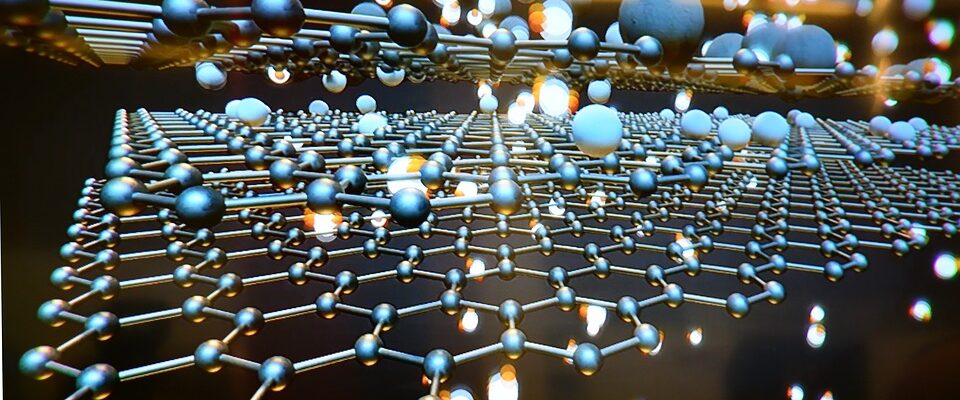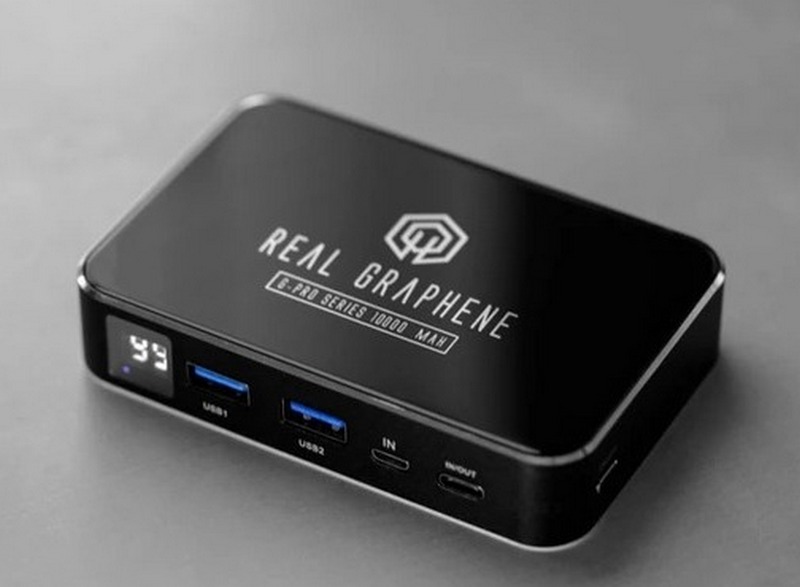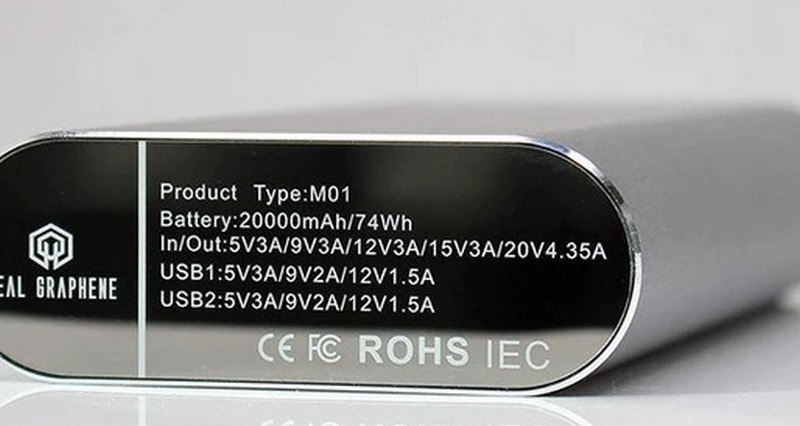Graphene Batteries Are Already Commercially Available

Graphene – the wonder material tech enthusiasts have been raving about – has fascinated the world for many years. However, it seemed that it couldn’t pull a breakthrough when it comes to commercial application and availability. It turns out, this hasn’t been the case as graphene has become already commercially available—as batteries.
Graphene is not some new technology. We made a post about it several months ago. It gained prominence in 2004 when two University of Manchester professors discovered and managed to isolate a layer of carbon with the thickness of a single atom. It can be likened to a “2D” structure of carbon, which can be created by sticking an adhesive tape on the surface of graphite and taking it off to produce a thin layer of graphite sticking onto the tape. These thin graphitic layers appear as extremely thin flakes that exhibit impressive physical properties.
Superior Batteries
One of graphene’s most notable properties is conductivity. It is regarded as the best conductor of heat and electricity, unless you include the novel material “stanene” in the picture. This property makes it highly useful in electrical and electronic applications. It makes it an excellent material for batteries.
Real Graphene, a US-based tech company founded by two UC Berkeley graduates, has the distinction of being the first company to incorporate graphene technology into batteries. They have developed a graphene-enhanced battery capable of getting a full charge in around 20 minutes (for a 3,000 mah capacity). In comparison, traditional batteries of the same capacity usually fully charge in around 1.5 hours.
The fast charging feature of Real Graphene’s battery is achieved with the help of a 60-watt charger. Subjecting ordinary batteries to this much power typically results in them frying up. The graphene enhancement allows the battery to withstand the higher flow of electricity and incidental heat.
Aside from the fast charging time, this improved battery also has the advantage of more charging cycles. Standard batteries usually last for 600 to 1,000 charges. Real Graphene’s battery can last for up to 1,500 cycles.
Moreover, the graphene battery is notably safer compared to the usual dry cells, because it produces less heat and is more durable. Batteries burn or explode when too much power is introduced to them during charging. Likewise, they become prone to dysfunction when they are continuously and heavily used. The addition of graphene creates a layer of protection for the energy storage while acting as a heat conductor.

Commercially Available Real Graphene Battery
Real Graphene’s battery is a power bank with two versions. The first is the G-Pro Series, a lineup of 10,000 mAh (37wh) units that can charge from empty to full in approximately 30 minutes using a 100-watt charger and 55 minutes using a 60-watt charger. At least one tech Youtuber attests to the veracity of the claims that come with these specs.
The other version is the G-Max Series. It’s a bigger power bank with a higher-wattage charger. The capacity is rated at 20,000 mAh (74wh) and it comes with an 87-watt charger. It can charge from zero to full in 1.5 hours or around 25% faster compared to the Pro series.
These batteries are more expensive than traditional ones. The G-Pro costs $59.50 while the G-Max costs $76.99. However, the advantages that come with them are undeniable. You can buy them from the Real Graphene website and on various online stores.

How Real Graphene Achieved this Breakthrough
The production of The Real Graphene battery does not mean that an entirely new kind of battery is created. What happens is that the lithium battery is enhanced by the addition of graphene. According to Samuel Cong, CEO of Real Graphene, this is done by mixing graphene into the solution with lithium and the addition of a composite layer, which acts as a less heat-generating conductor for electricity.
Other companies may claim that they have also developed their own graphene batteries, but Cong says that they are only using graphite, a source material for the production of graphene, not graphene itself. As such, they don’t provide the advantages a real graphene battery delivers.
What This Means for Batteries
It’s great to have commercially-available batteries that put to practical use the theoretical advantages of graphene. However, for now, it appears that the benefits are limited to making batteries faster-charging, longer-lasting, more durable, and safer. These are by no means not insignificant, but it would be great if Real Graphene could produce a battery with a higher capacity in a smaller package.
Real Graphene may want to take cues from Samsung’s graphene battery research, as the latter claims that they have created batteries with bigger capacities using graphene. A higher capacity without the added bulk and weight is indubitably a boon for consumer electronics. It means having longer-lasting batteries for smartphones, tablets, laptop computers, Bluetooth headsets and speakers, smart glasses, smart earphones, and other wearables and gadgets without making them thicker and heavier.
It would take more research and testing to achieve the battery that demonstrates a massive technological advancement, something that is more durable, longer-lasting, faster-charging, and more importantly, something has a considerably higher energy storage capacity. Still, what Real Graphene has accomplished is a step in the right direction.